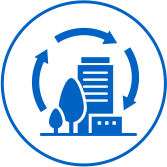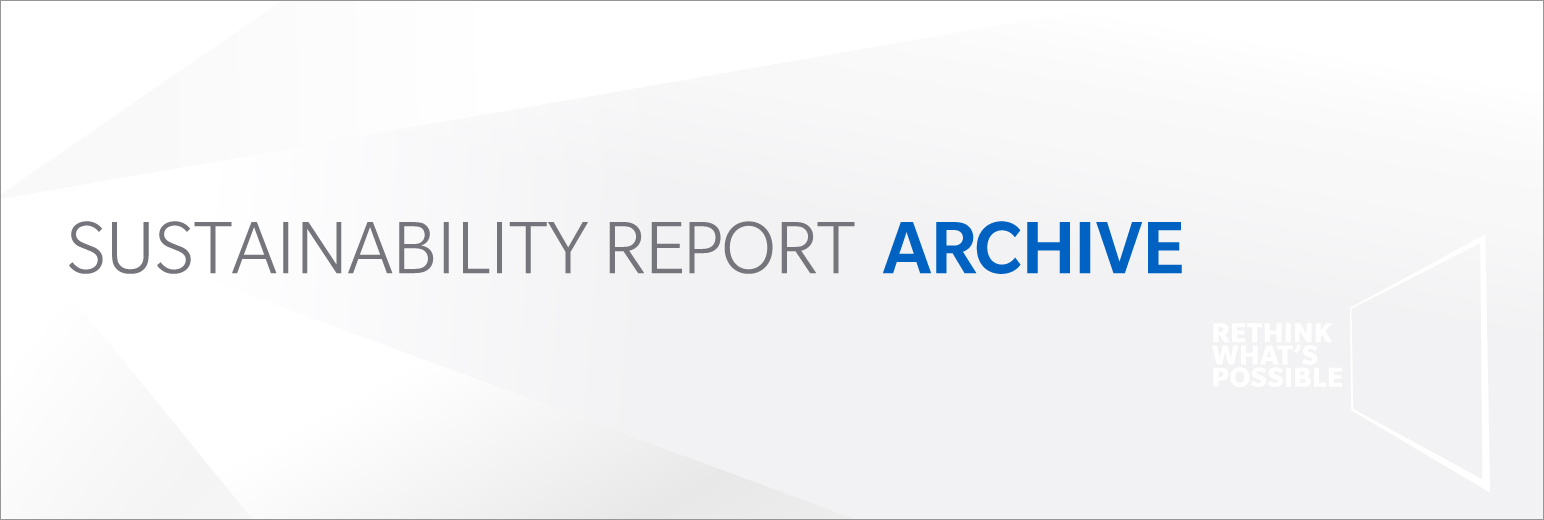Sustainability
Material Issues
 Improving Fulfillment in Work and Corporate Dynamism |
 Supporting Healthy, High-Quality Living |
 Ensuring Social Safety and Security |
 Addressing Climate Change |
 Using Limited Resources Effectively |
 Improving Fulfillment in Work and Corporate Dynamism |
 Supporting Healthy, High-Quality Living |
 Ensuring Social Safety and Security |
 Addressing Climate Change |
 Using Limited Resources Effectively |
Activity Report
This section introduces Konica Minolta’s initiatives to strengthen the capacity and diversity of its human resources, raise customer satisfaction, provide safe products, protect human rights, and ensure social responsibility across the supply chain.
Highly Relevant Material Issues

in Work and
Corporate Dynamism

High-Quality Living

Safety and Security
News
| {{item.date}} | {{item.name}} |









